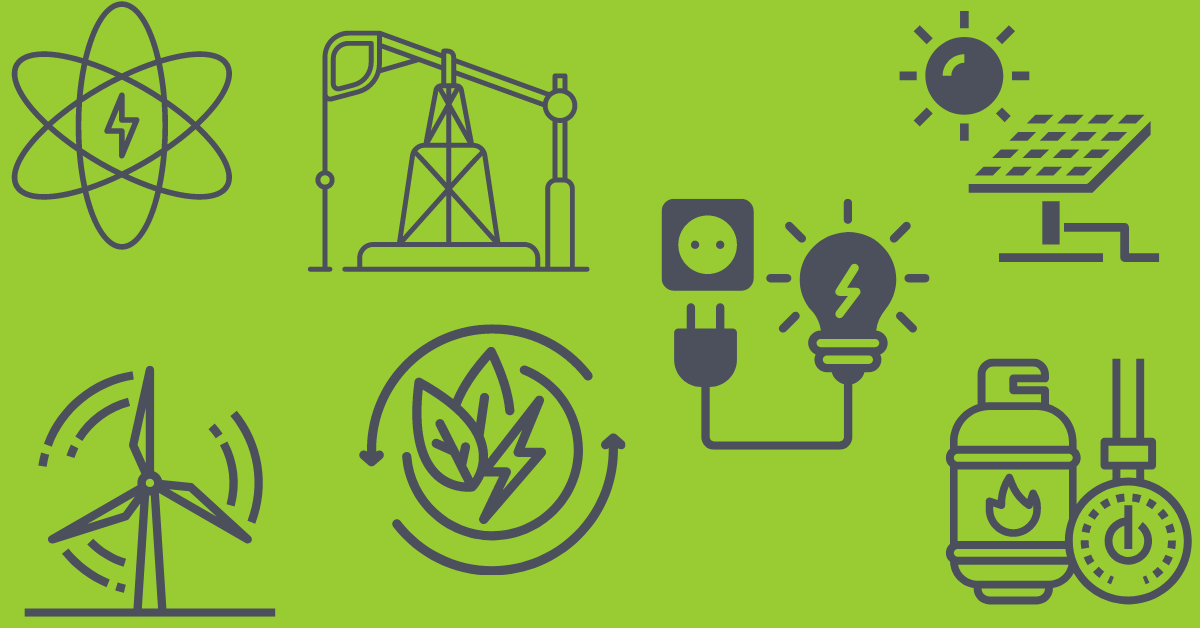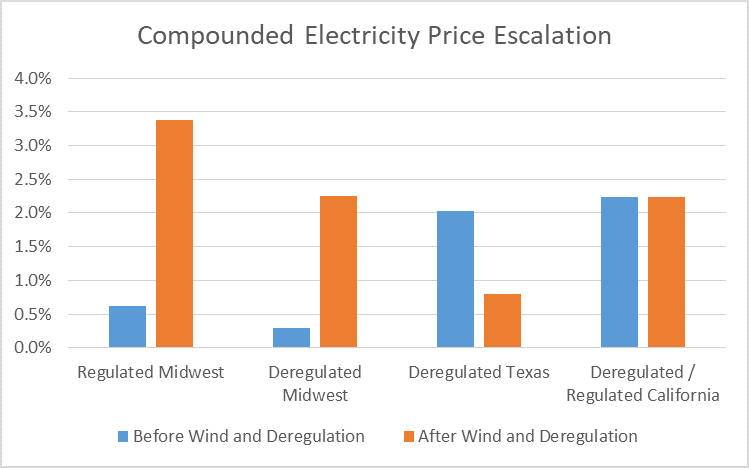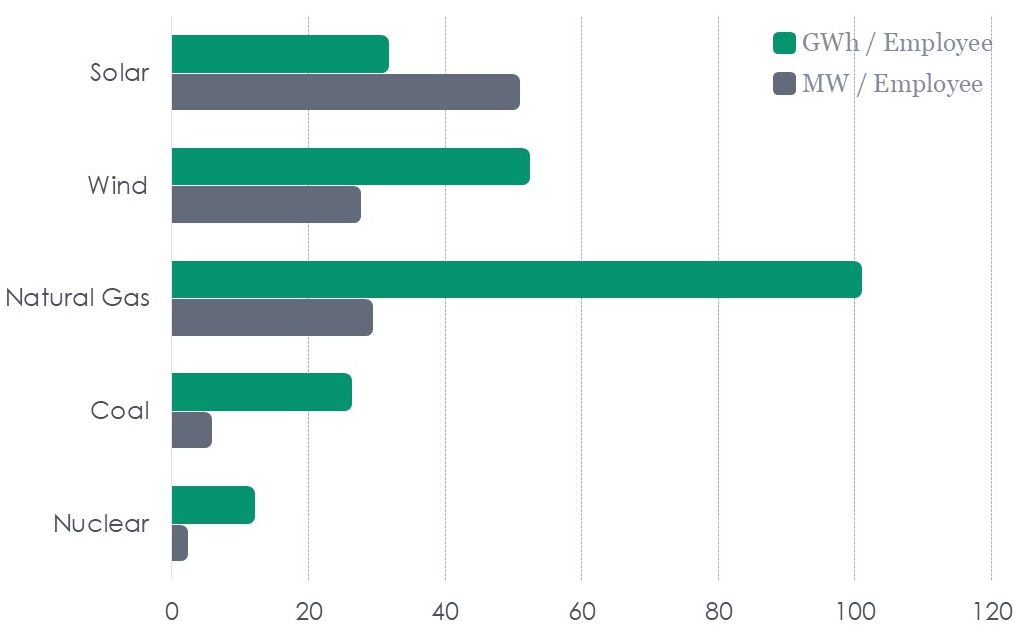
I like to stay ahead of the curve here at the Rant, but I would have needed to call play-by-play like Kirk Herbstreit on a college football game to keep up with the Cracker Barrel makeover fiasco. The CBRL fiasco played out faster than a college football game, which now averages two days, four hours, and twenty-three minutes. Cracker Barrel executives and their ad agencies seem clueless about their clientele. Executives need to understand and keep the pulse on their customer base. Steve Jobs was famous for this, but less known for it are Susan Morris, CEO of Albertson’s Supermarkets,…
Read More










